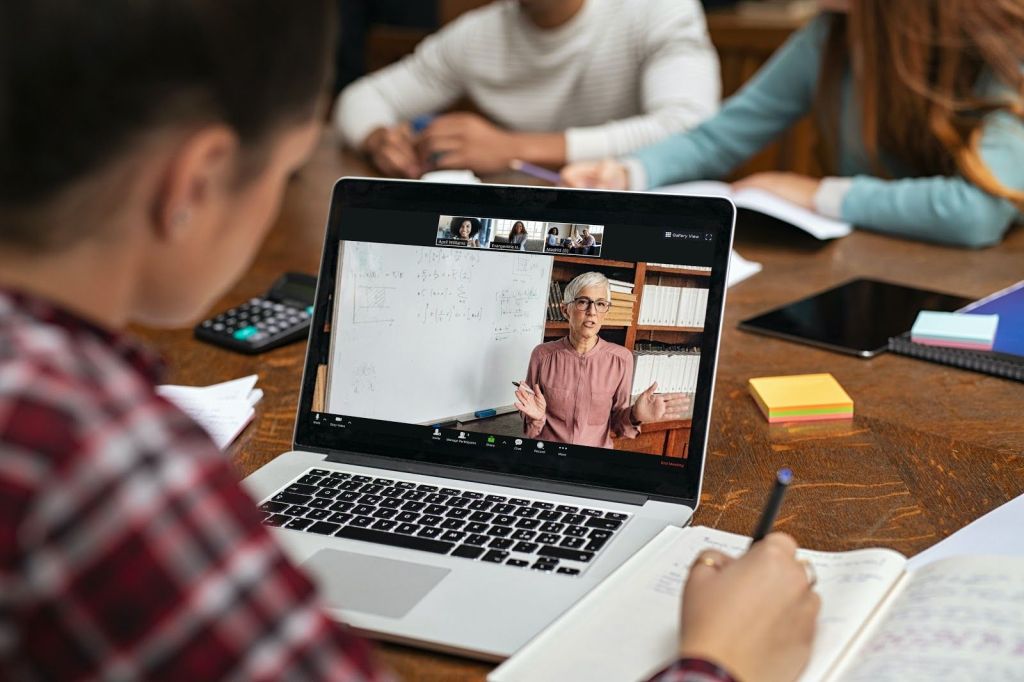In recent years, virtual classrooms have gained significant popularity as an alternative form of education. With advancements in technology and the increasing demand for flexible learning options, virtual classrooms provide a unique opportunity for students to receive high-quality education from the comfort of their own homes. This article aims to explore the benefits, challenges, and future implications of virtual classrooms.
Virtual classrooms are online platforms that mimic traditional classroom settings by using video conferencing tools, discussion boards, and interactive multimedia content. These platforms facilitate real-time interaction between students and teachers, creating an engaging learning environment. One of the most significant advantages of virtual classrooms is flexibility. Students can access course materials at any time and study at their own pace, eliminating scheduling conflicts or geographical barriers.
One crucial benefit of virtual classrooms is improved accessibility. Traditional schooling may not be suitable for all students due to various reasons such as disabilities or health conditions that prevent them from attending physical classes. Virtual classrooms offer these students a chance to learn without facing physical limitations. Additionally, it allows individuals who live in remote areas where educational resources are limited to access quality education.
Furthermore, virtual classrooms promote personalized learning experiences tailored to individual student needs and preferences. Teachers can create customized lessons based on each student’s strengths and weaknesses through adaptive learning technologies. This approach enhances student engagement and fosters a deeper understanding of the subject matter.
Another advantage is that virtual classrooms encourage global collaboration among students from different cultural backgrounds or geographic locations. Through online discussions and group projects, learners develop cross-cultural communication skills while gaining diverse perspectives on various topics.
Moreover, virtual classrooms often provide ample opportunities for self-assessment through quizzes, assignments, and interactive simulations. Immediate feedback helps students identify areas they need to focus on or seek further clarification during live sessions with instructors.
While there are numerous benefits associated with virtual classrooms, it is essential to acknowledge some challenges as well. One primary concern is the lack of face-to-face interactions between teachers and students which may hinder the development of social skills. To address this issue, virtual classrooms incorporate real-time video conferencing tools that allow students to interact with their peers and teachers in a more personal manner.
Another challenge is maintaining student motivation and discipline in an online setting. Without physical presence or peer pressure, some students may struggle to stay focused on their studies. To tackle this problem, virtual classrooms implement various strategies such as gamification techniques, collaborative projects, and interactive discussions to enhance student engagement.
Furthermore, technical issues can arise during online classes which may disrupt the learning process. Slow internet connections or software glitches may cause delays or interruptions in live sessions. However, with advancements in technology and increased accessibility to high-speed internet connections globally, these challenges are becoming less prevalent.
The future implications of virtual classrooms are vast and promising. As technology continues to evolve rapidly, virtual classrooms will likely become more immersive through the integration of augmented reality (AR) and virtual reality (VR) technologies. This would enable students to experience hands-on simulations and engage in realistic scenarios without leaving their homes.
Additionally, artificial intelligence (AI) could play a significant role in enhancing personalized learning experiences within virtual classrooms. AI algorithms can analyze individual student performance data and provide tailored recommendations for improvement based on their specific needs.
Moreover, the rise of massive open online courses (MOOCs) has revolutionized education by offering free or low-cost access to quality educational resources from renowned institutions worldwide. Virtual classrooms can leverage these platforms by integrating them into their curriculum offerings, allowing students to explore a broader range of subjects beyond what is traditionally available at their local schools.
In conclusion, virtual classrooms offer numerous advantages over traditional schooling methods while addressing certain challenges associated with remote learning environments. The flexibility they provide allows for personalized learning experiences accessible from anywhere at any time. With ongoing technological advancements and the increasing demand for flexible education options globally, it is clear that virtual classrooms will continue to shape the future of education, providing opportunities for students to learn and thrive in innovative ways.

Leave a comment